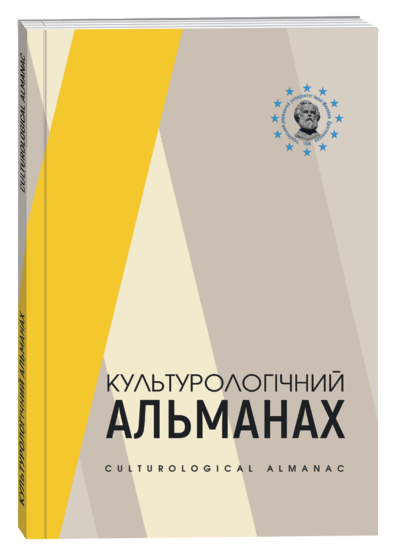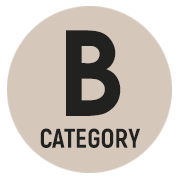MEDIA AND INFORMATION LITERACY IN EDUCATIONAL POLICY: IMPLEMENTATION AND EVALUATION STRATEGIES
DOI:
https://doi.org/10.31392/cult.alm.2022.4.19Keywords:
media literacy, information literacy, MIL education, teachers, curriculum integrationAbstract
This article reports on the findings of a qualitative survey that aimed to investigate teachers’ experiences, attitudes, and practices related to Media and Information Literacy (MIL) education in the classroom. The study highlights the importance of integrating MIL into the curriculum to prepare students for the complex digital educational landscape. The results reveal that teachers face challenges in implementing MIL education, including a lack of time, resources, and support. The study also identifies several promising practices, such as project-based learning and collaboration among teachers and students, which can enhance the effectiveness of MIL education. Furthermore, the study emphasizes the significance of integrating MIL education into the curriculum and providing teachers with the essential resources and support to teach MIL effectively. The findings suggest that MIL education can positively impact students’ critical thinking skills, digital literacy, and ethical behavior when using digital media. However, challenges remain to be addressed, such as the need for further research on the effectiveness of MIL education, the integration of MIL into the existing curriculum, and ensuring equal access to high-quality MIL education for all students. The study provides valuable insights into the current state of MIL education in schools and highlights the importance of promoting and developing MIL education in the future. Additionally, the study identifies the challenges and opportunities of integrating MIL education into the existing curriculum and stresses the significance of collaboration among teachers, parents, and school administrators in promoting MIL education. The findings suggest the need for further research to explore effective strategies for incorporating MIL into various subject areas and to evaluate the impact of MIL education on students’ learning and development. The article concludes by discussing the need for further research to address the remaining debatable questions and improve the quality of MIL education.
References
(2017). Public policies in media and information literacy in Europe: cross-country comparisons / D. Frau-Meigs et al. (Eds.). Taylor & Francis.
(2014). Media and information literacy: policy and strategy guidelines / A. Grizzle et al. Unesco.
Manabat A. R. (2021). Bringing МІL into the Margins: Introducing Media and Information Literacy at the Outskirts. International Journal of Media & Information Literacy. № 6(1). P. 156–165. DOI: 10.13187/ijМІГ.2021.1.156
(2022). Technical practices used by information literacy and media information literacy services to enable academic libraries to handle the COVID-19 pandemic / E. A. de los Ortega-Martínez et al. Journal of Information Literacy. № 16(1). P. 181–193. DOI: 10.11645/16.1.3057
Russell P. (2005). Information literacy and education policy: A Canadian case study. School Libraries Worldwide. P. 96–111.
Svyrydenko D., Terepyshchyi S. (2020). Media Literacy and Social Responsibility of Educators in the Conditions of Information War: The Problem Statement. Studia Warmińskie. № 57. P. 75–83.
Terepyshchyi S. (2017). Educational Landscape as a Concept of Philosophy of Education. Studia Warmińskie. № 54. P. 373–383.
Терепищий С. (2016). Сучасні освітні ландшафти. Київ : Фенікс.
Терепищий С. (2019). Тенденції розвитку освітніх ландшафтів в епоху індустріального суспільства. Вісник Харківського національного педагогічного університету імені Г. С. Сковороди. Серія «Філософія». № 2(45). С. 139–150.








